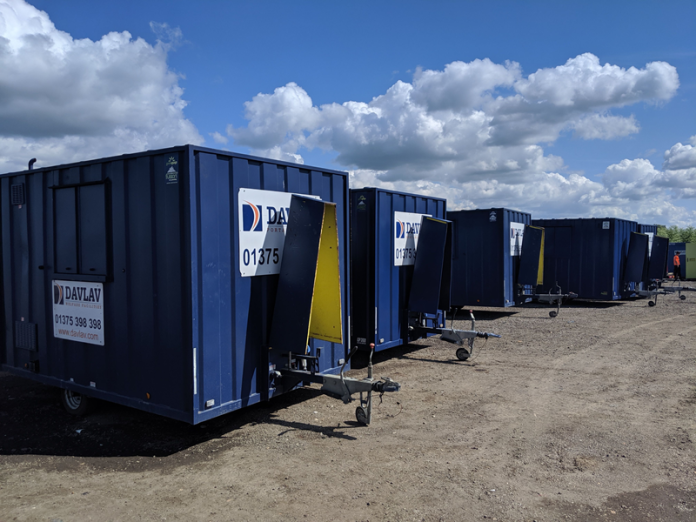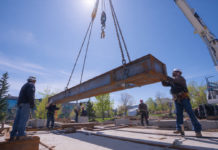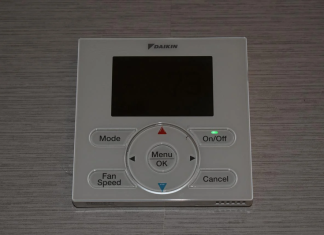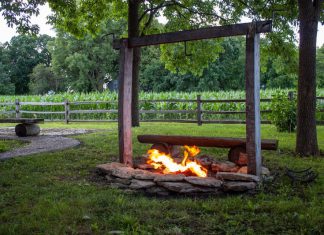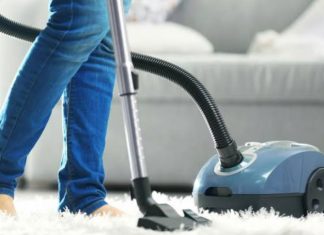Construction sites are not the most habitable place. Filled with cement, boulders, large machinery and tons of dust, such building sites are effectively unfit for residential use.
That said, the UK government’s Health Safety Executive (HSE) protocol states that employers must provide a working environment that promotes employee health and safety. This makes it necessary for employers to provide construction workers with access to clean toilets, drinking water and a place to rest and eat.
Most contractors and project managers hire portable welfare units to meet these requirements. Welfare units are extremely commonplace in most construction sites, yet there often seems to be general confusion about how many welfare units are needed or whether a 16-man or 6-man welfare unit will be better suited for the requirement at hand.
Read this blog, to learn more about welfare units and their role in workplace safety in construction sites.
What is a Welfare Unit?
Welfare units are self-contained and portable units that provide all the amenities workers and executives need on the construction site. These units must provide the following facilities: clean and hygienic restrooms, shower units (especially in those sites where workers are exposed to cement and lead), a rest area and a place to eat with access to a microwave and other refreshments.
Some welfare facilities also come with office or boardroom facilities. Depending on where they are placed on the site, you can get either a 6-person or 12-person unit with a conference room attached. Welfare units can be customised depending on your needs.
Why are Welfare Units Needed on Construction Sites?
Having welfare units on construction sites is both a legal and ethical compliance. Let us look into more details about when do construction sites need welfare units.
Exposure to Harmful Substances
Workers are often exposed to harmful substances such as asbestos, cement or lead. They need access to bathing facilities and changing areas so that they can wash off the dirt, grime and chemicals after the day’s work. For instance, when working on road construction or asphalt surfacing projects, workers are exposed to materials like aggregates and bitumen, a petroleum by-product, which can be extremely toxic. Having access to welfare facilities will allow the construction workers to wash off the toxins before heading home, effectively limiting their exposure to such elements.
Working in Remote Areas
Construction sites or quarries are often located in remote areas. Some locations are miles away from the nearest town and in such cases, welfare units are a must-have feature. These act as the home away from home for these labourers.
For example, if you work with aggregate suppliers Norfolk, the store or factory might be near the town, but the actual quarry from where the raw materials are procured is situated in a remote location. Having well-equipped welfare facilities will allow the workers to rest and take a break from the harsh working conditions.
Moreover, as these welfare facilities are towable, they can be easily moved from one place to another making it more convenient for workers.
Better Worker Satisfaction
Working under the blazing sun, in torrential rain or on cold winter mornings can be extremely challenging. Construction workers need a functional place to take breaks, grab a bite, and relax. Working on a construction site is also labour-intensive and therefore, workers need to take frequent breaks, as over-exhaustion can lead to accidents.
Well-equipped welfare facilities provide a secure place for labourers to eat their food or simply catch a breather. It is vital to have the right ratio of welfare units to workers. You should have enough units scattered around the site so that workers do not need to travel a long distance or wait in queues for a long time to access toilets or sitting areas.
Employers who look out for the well-being of their employees boost employee morale and satisfaction, leading to increased productivity.
To Make Construction Sites Legally Compliant
Having welfare facilities is not just a moral and ethical requirement but also a legal requirement. The HSE lays down provisions for the minimum welfare requirements:
- There must be 1 toilet for every 7 people on site. Toilets should be well-stocked with toilet paper, have running water and soap, and sanitary products along with proper disposal.
- There must be separate changing rooms for men and women and proper storage lockers for their personal belongings.
- Everyone should have access to drinking water.
- There must be access to washing facilities and showers. Hand-washing sinks must be available near toilets and eating areas and should be large enough to wash to one’s elbows.
- It is a legal requirement to provide workers with rest areas where they can take shelter from adverse weather. These areas must be well-ventilated and have proper lighting, as well as enough seating area, and arrangements for heating up food and water.
Wrapping Up
Providing the right working conditions is of paramount importance for employers. Whether you’re an owner of a construction site or a project manager, you must arrange for ample welfare units before you start working. This is a standard requirement for any construction area.
Construction is one of the most accident-prone industries and a major contributor to fatalities is often because labourers are often overworked. By providing access to welfare units they can take regular breaks, rejuvenate and get back to work with renewed vigour.
